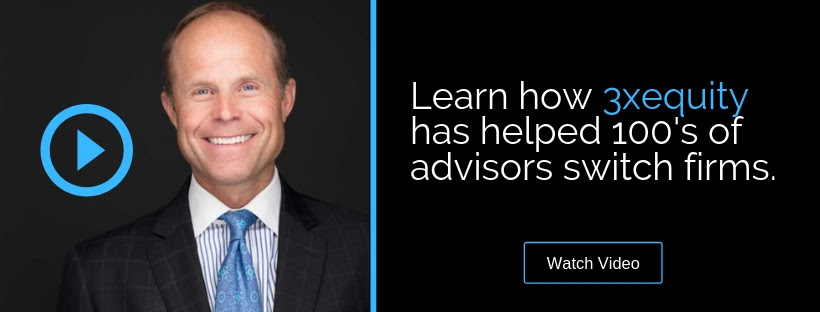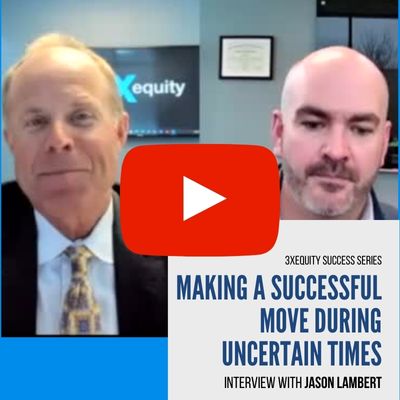In the world of financial advising, referrals are a powerful tool for growth. However, many advisors struggle with asking for them. Understanding the dynamics of referrals is crucial, and the traditional 20/20/60 rule provides a useful framework: 20% of your clients are eager to refer you, 20% will NEVER refer you for reasons that have nothing to do with you, and 60% would refer but have never been asked.
Understanding Why Advisors Don’t Ask for Referrals
The first question one needs to ask themselves is, “Why don’t I ask for referrals?” There are three key reasons:
- Lack of Comfort and Knowledge: They are not comfortable in their delivery and don’t know how. This can be likened to using the wrong screwdriver.
- Lack of Intentionality: They are not intentional in their approach. For example, where in your agenda are you going to discuss referrals?
- Lack of Self-Belief: This is going to sound really harsh, but in many ways, some advisors don’t believe enough in themselves to ask for referrals. If this is you, then you are right; you should not ask for referrals. If this isn’t you, then help is available for the first two issues.
Building Comfort in Asking for Referrals
Not everyone is comfortable with asking, and that’s understandable. Often, it’s because they have been told what to say and how to say it, which is NOT natural to them—they are using the wrong screwdriver. Using the right screwdriver is the key. You need to ask in a way that is natural to you; if you don’t, the chances are slim you will ever ask.
Being Intentional About Asking for Referrals
Another critical factor is being intentional about the ask.
Here is an example of being intentional: let the client know at the beginning of the meeting what your agenda for the meeting is, and tell them at the end of the meeting you have a “favor” to ask of them.
The Nike Way: Just Do It
So, what does it mean to ask for referrals the Nike way? It means taking action and just doing it. Here’s how:
- Preparation: Before you even step into the meeting, be prepared. Know your agenda, and plan exactly how you will ask for the referral.
- Confidence: Believe in your services and the value you bring. This confidence will shine through and make your request more compelling.
- Natural Approach: Customize your request to fit your style. Make it sound like you, not a script you’ve been handed.
- Intentionality: Be clear and intentional. Set the stage early in the meeting, and remind your client at the end.
The Result of Intentional Asking
Guess what will happen at the end of the meeting when you wind it down and treat it as if the meeting is over? Exactly, the client will remind you or ask you, “What is the favor?”
By being intentional and using the right approach that feels natural to you, asking for referrals becomes a seamless part of your interaction with clients. Remember, believing in yourself and your services is crucial—your confidence will resonate with your clients, making them more likely to refer you to others.
The Takeaway
Asking for referrals doesn’t have to be an awkward or uncomfortable process. With the right mindset, tools, and intentionality, you can effectively tap into that 60% of clients who are willing to refer but have never been asked. Start integrating these strategies into your client meetings and watch your referral rates soar. Just do it—the Nike way.
Bonus: Leveraging AI Tools to Practice Difficult Conversations
Advisors looking to enhance their confidence in asking for referrals can leverage AI tools like ChatGPT to practice these conversations. ChatGPT can simulate client interactions, providing a safe, low-pressure environment to refine your approach. You can role-play various scenarios, experimenting with different ways to ask for referrals until you find a style that feels natural and comfortable. This practice can help you develop the right language, tone, and timing, making the real conversation with clients smoother and more effective. Additionally, AI can offer feedback and suggestions, helping you identify areas for improvement and boosting your overall confidence. Embracing these tools allows advisors to “just do it” with greater ease, transforming a daunting task into a routine part of their client interactions.





